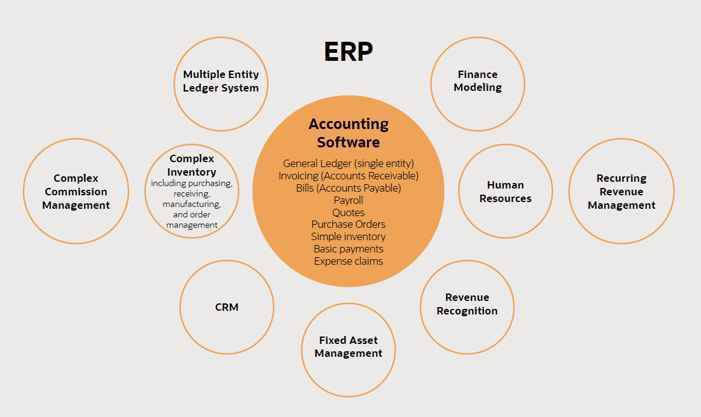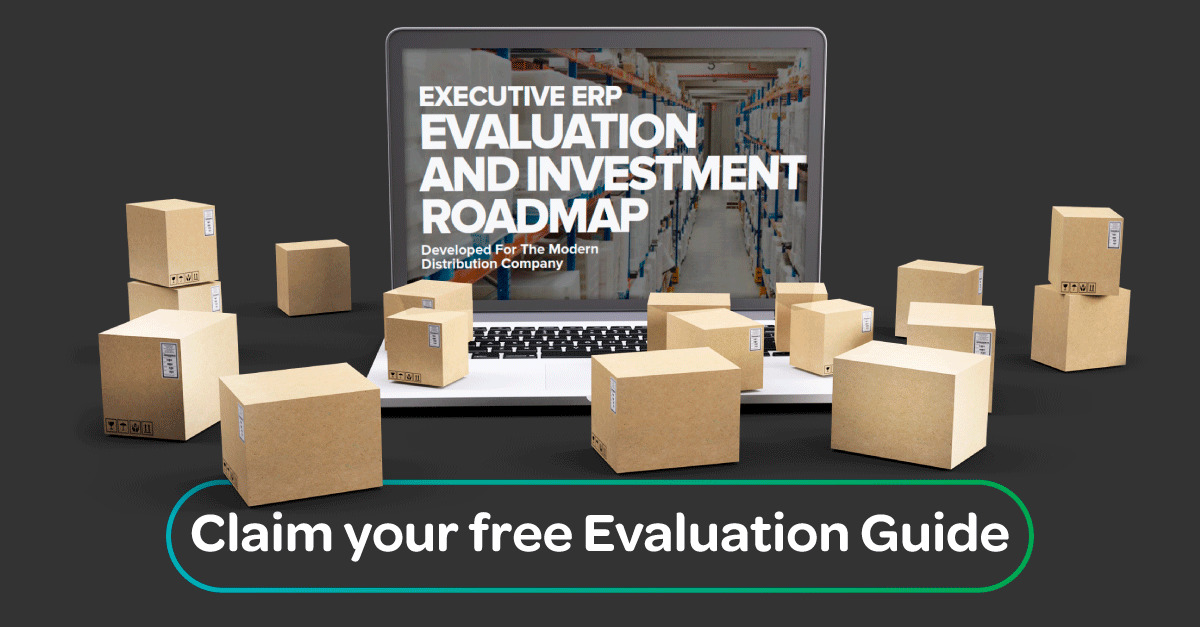As small business applications such as Xero, MYOB, and QuickBooks have grown in feature sets and capabilities, it has become more difficult to tell the difference between accounting and ERP (Enterprise Resource Planning) software.
At one time, accounting software just handled the General Ledger – the debits and credits necessary to produce financial statements for a business. But over the last few decades, accounting software has expanded to include more advanced features such as integrated payroll, invoicing, payments, quotes, purchase orders, and inventory – features that previously were the exclusive domain of ERP systems.
Now, with the industry trend toward cloud-hosted applications, it’s possible to augment the capabilities of accounting software even more through integrations with third-party programs. For instance, many small business CRMs integrate with accounting applications to sync customer contact information, thus minimising or eliminating data entry. Almost every e-commerce shopping cart will sync orders with a separate inventory application and send sales figures into the accounting system.
These expanded features and integrations have made it difficult to know where small business accounting software ends and ERP systems begin. As a decision-maker, it can be overwhelming, too. Thanks to this “ecosystem” of cloud accounting apps, many thriving businesses are able to continue to use accounting software even after they’ve outgrown the feature set of a typical small business accounting application.
However, stringing together a set of separate apps presents its own challenges. Information may not flow cleanly or quickly from one application to another. Employees may have to learn a variety of systems, each with a different user interface. And it simply may not be possible to keep track of complex capital structures in accounting software that is designed for small businesses.
At some point, small business accounting software and integrations with third-party apps can’t do the job anymore. That’s where ERP comes into play.
What is ERP?
ERP stands for Enterprise Resource Planning. An ERP system is a set of integrated applications that collect, store, manage, and interpret data from all sorts of business activities. These activities include sales, marketing, purchasing, manufacturing, inventory management, shipping, payment, and more. In essence, a well-designed ERP system should encompass the entire core workflow of a business from the initial purchase of the product to the customer order to final delivery and customer service.
A key word in ERP is “Resource”. Inside the workflow for the business, an ERP system should also track all business resources (assets) and commitments of resources (liabilities and equity).
An essential part of an ERP is a common database accessed by all the applications in the system. One benefit of a common database is that information added through one business function is instantly available to all other business functions.
What is Accounting Software
Accounting software is, in essence, a subset of the features available in a larger ERP system.
The primary purpose of accounting software is to record financial transactions in the General Ledger, which provides the basis for the core financial statements (income statement, balance sheet, and statement of cash flows).
In addition, most small business accounting software provides modules that take care of invoicing, payables and payroll. Some will also provide additional sales and ordering tools such as quotes and purchase orders. Inventory is typically very simple, often with no manufacturing or assembly capability.
Because small business accounting software is designed primarily for owner-managed businesses, approval workflows are often minimal or non-existent for items such as customer invoices or vendor purchase orders. A business using accounting software that wishes to expand beyond the capabilities of the built-in modules may have the option of integrating with third-party applications (referred to by some vendors as add-ons). In this instance, the accounting software exchanges data with the add-ons through software connectors called APIs (Application Program Interface). The accounting software and the third-party application each still maintain their own separate database.

Learn about the Key Differences Between ERP and Accounting Software in our next blog.


